Sage herb (salvia officinalis) is a perennial shrub with soft, finely toothed leaves that have various uses. It is used for culinary, medicinal as well as landscaping purposes. The main uses of sage herb are discussed here.
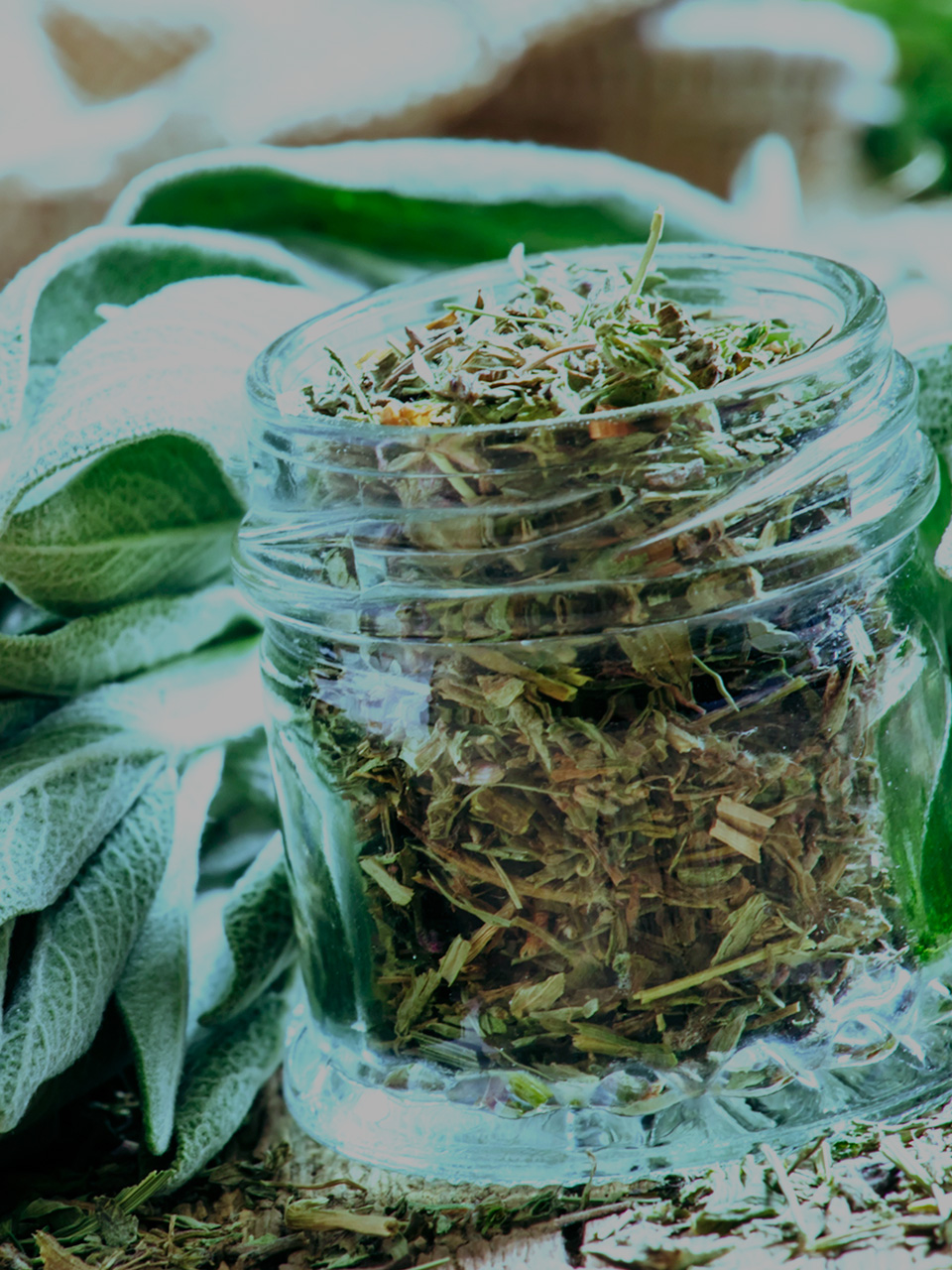
Tap to Read ➤
Uses of Sage Herb
Sayali Bedekar Patil


Sage herb (salvia officinalis) is a perennial shrub with soft, finely toothed leaves that have various uses. It is used for culinary, medicinal as well as landscaping purposes. The main uses of sage herb are discussed here.
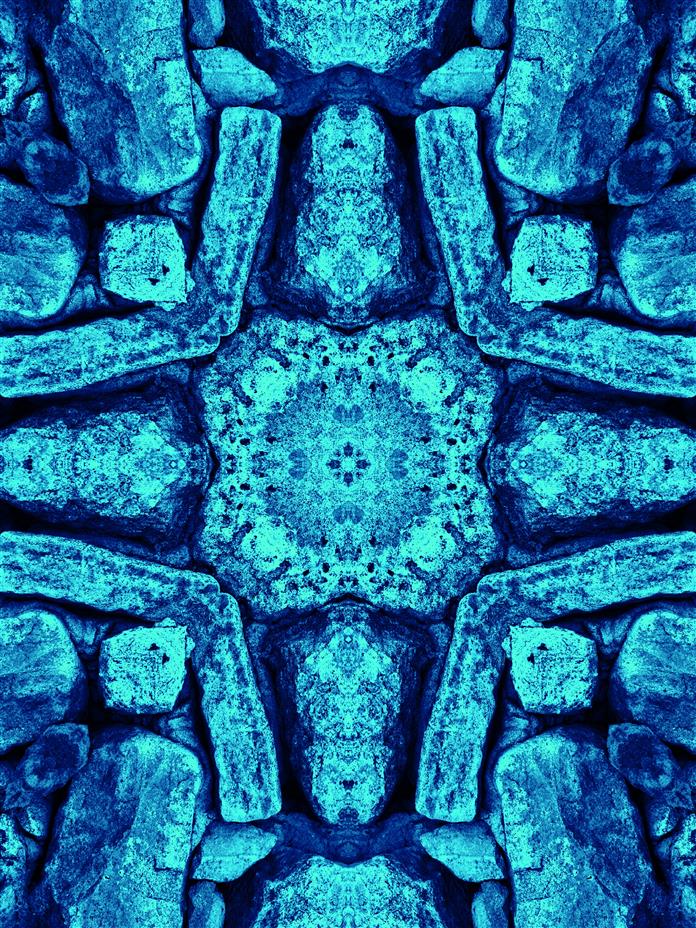
Sage herb has soft grey-green colored leaves, and it is these leaves that are put to various household as well as commercial uses. The 75cm tall sage shrub also sports violet-blue flowers in spring. It is known by several other names like common sage, true sage, meadow sage and garden sage. It helps to reduce depression, memory loss, and Alzheimer's disease.
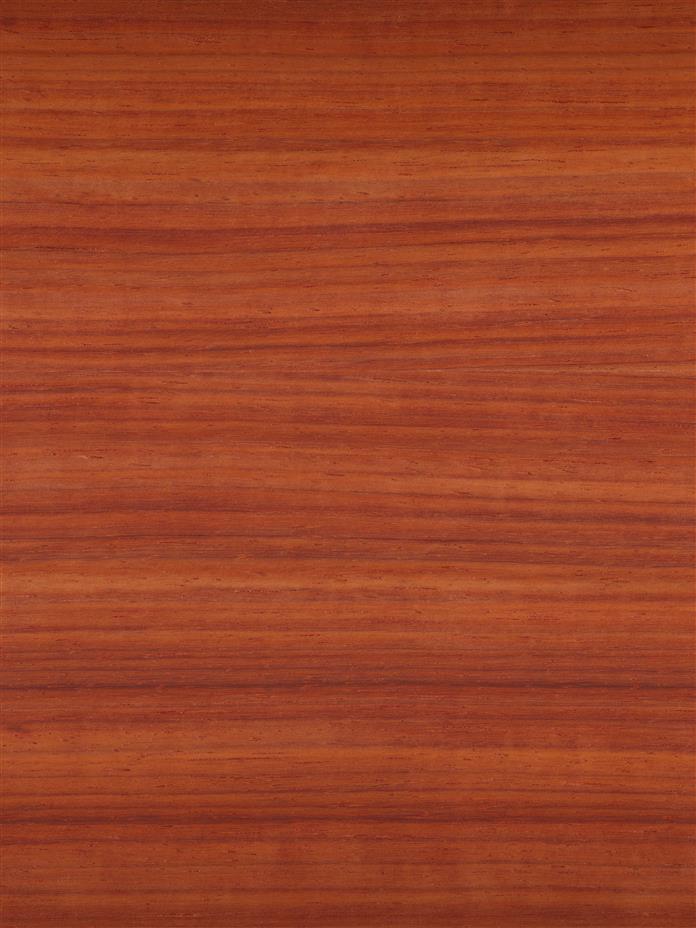
Sage herb has triterpenes, flavonoids, phenolic acids, diterpenoids, and essential oils that contain camphor, 1,8-cineole, and thujone. I present the various sage herb benefits in the paragraphs here:
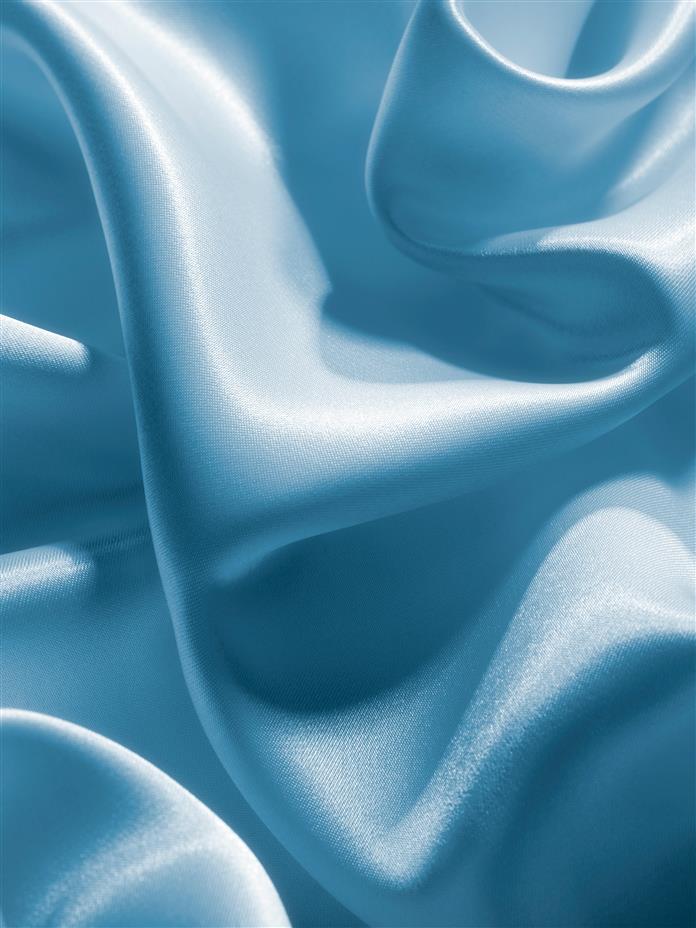
Culinary Uses
Generally, it is the plain narrow-leafed varieties and the non-flowering broad-leafed varieties of sage that are used as cooking herbs. It is a common condiment for Mediterranean dishes, specifically Italian foods. It is generally used in marinades for meat, fish, pork sausage, lamb and even vegetables like peas, eggplants, lima beans and carrots.
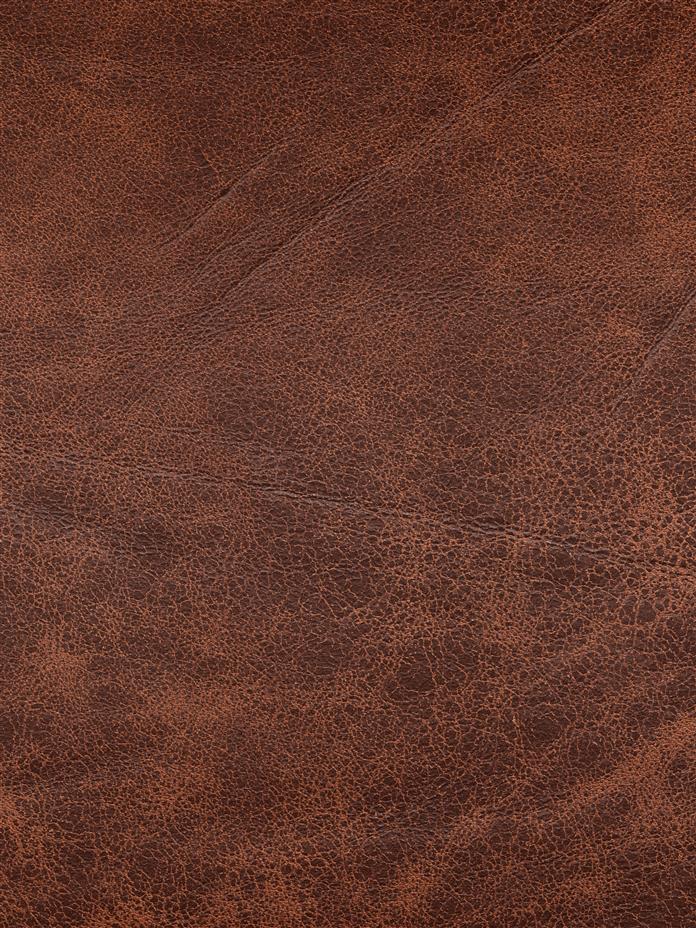
It is the perfect seasoning for poultry. Interestingly enough, sage is used in the preparation of English Sage Derby cheese and other soft cheeses. It is also used as a flavoring in certain biscuits, scones, breads and other baked foods.

Culinary sage is very abundant in the vitamins A and C. Generally sage should be used sparingly as a culinary herb as it has a very strong flavor that tends to override everything else. When added in small quantities at the start of cooking, it pairs up nicely with other cooking herbs, like rosemary, thyme and oregano.
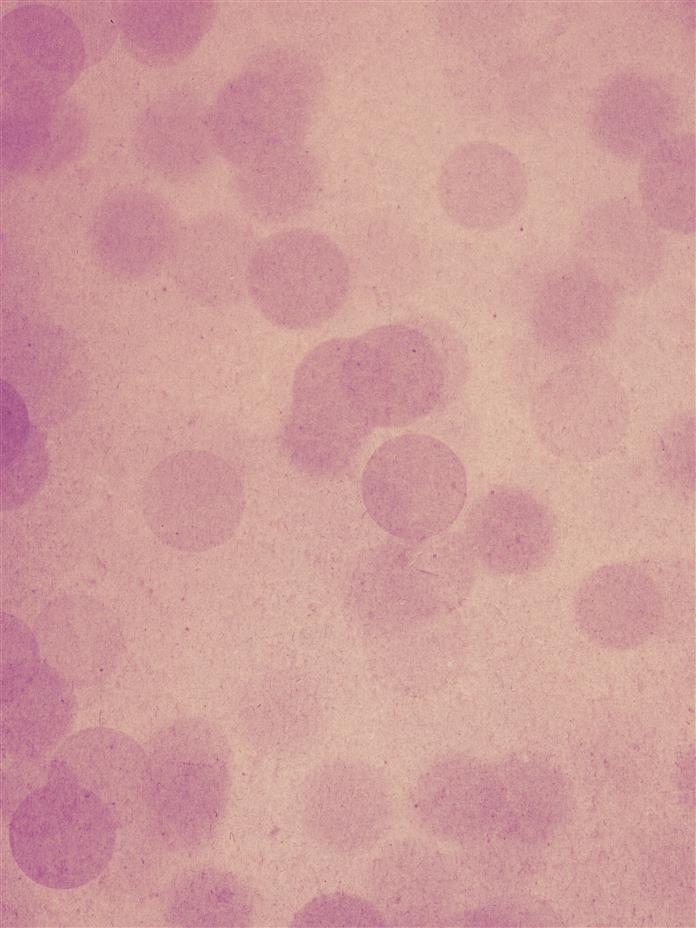
Salvia elegans (pineapple sage) is a strong pineapple flavored herb that works wonders in desserts and drinks. Berggarten sage in particular has the strongest flavor in this herb family and must always be used at half strength, in any food.

Garden Decorations
Sage herb comes in many decorative varieties. Their flowers also vary within the species and are often bright in colors. Including sage in your garden ensures added color to your yard and a steady supply of the herb to your kitchen.
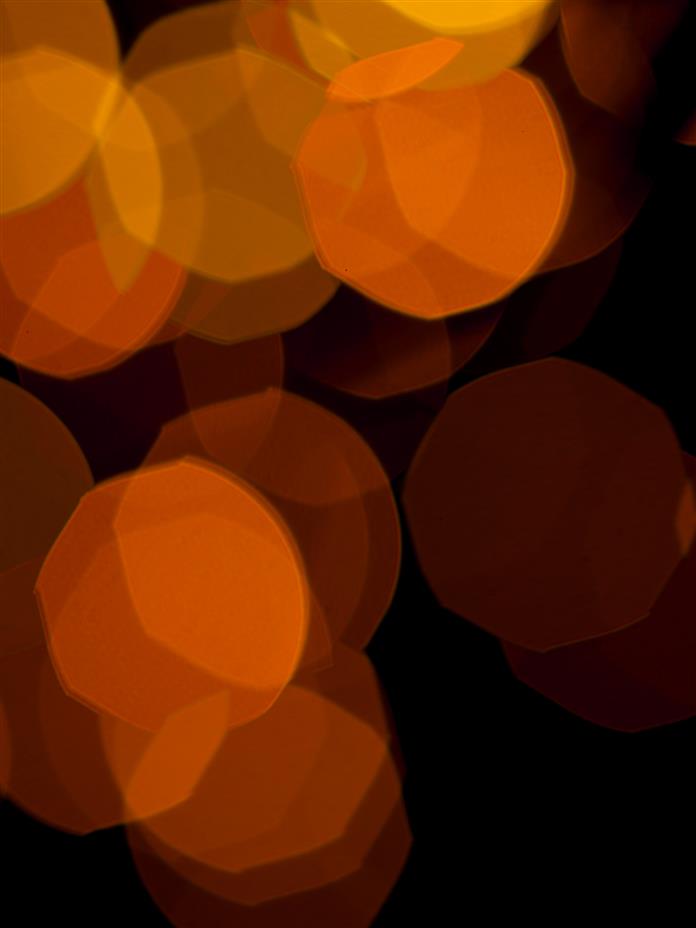
Various sage varieties like the tricolor sage, the purple sage and the golden sage are a perfect addition to well-manicured gardens and lawns. Sage is also easy to grow and is often easier to tend in the garden, perfect for those who have limited gardening skills, but like a garden anyway. No herb garden is complete without sage shrubs.

Medicinal Uses
This is where this article gets hectic. Sage has so many amazing medicinal qualities, that its medicinal uses are going to run along like a never-ending papyrus scroll. Sage herb can be used both internally and externally to counteract various health problems in humans.

It curbs excessive sweating, treats depression, nervous anxiety and liver disorders and is also a miracle skin cure. It is also used for treating painful jellyfish stings and spider bites.
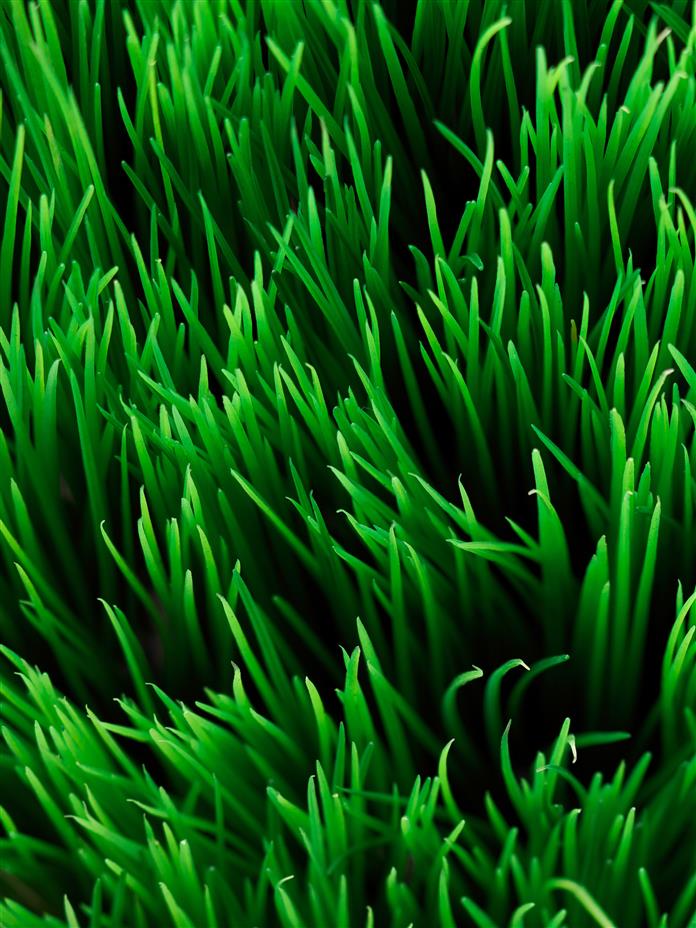
Sage herb is the perfect antiseptic wash for dirty wounds and forms a part of most concoctions that treat persistent and recurrent coughs. The mixture of sage, white vinegar and water forms a good astringent for oily skin. It is also one of the best herbal remedies for indigestion.
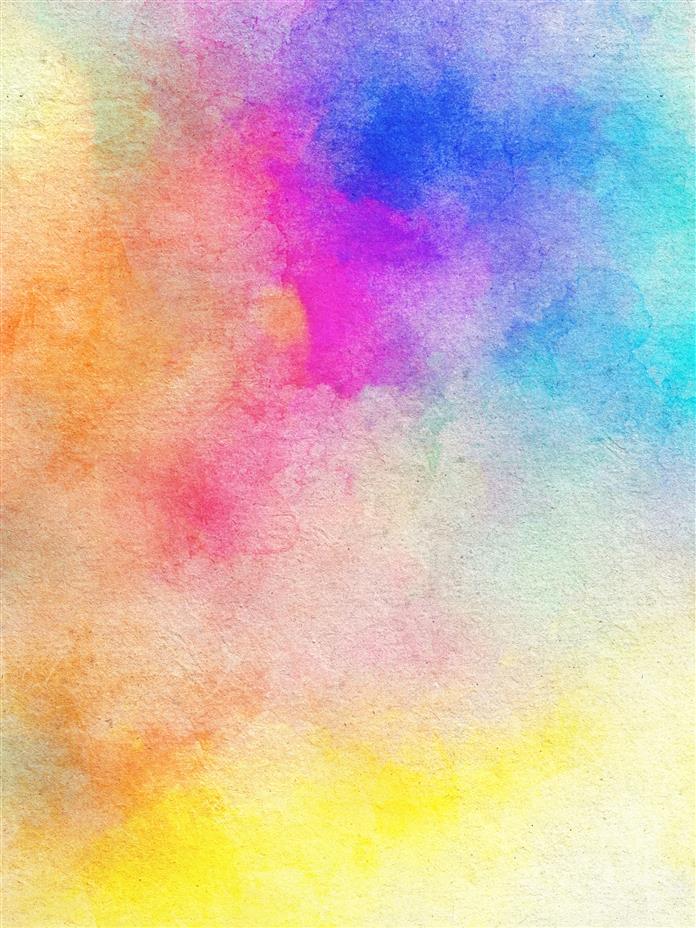
Sage is known to contain natural estrogens, and hence, is used in most homeopathic medicines that improve circulation and treat menopausal problems. It is also used to relieve suppressed menstruation problems in women, as well as in the regulation of abnormal flow.

Sage acts as a central nervous system stimulant and is also used in the treatment of varicose veins. This herb is also used in gargling solutions used to ease laryngitis and tonsillitis.
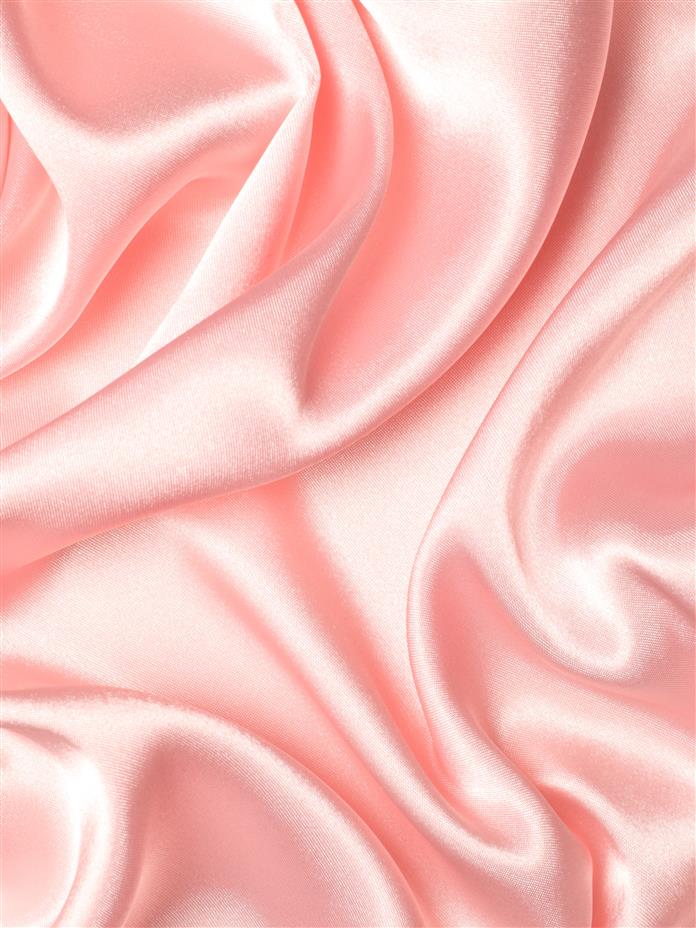
Since ancient times, sage has been believed to give eternal youth and immortality. Consumption of sage still keeps you mortal (come on now, you really didn't think that was true, did you?) but you can certainly try to retain your youth, as scientists have found anti-aging compounds in it.
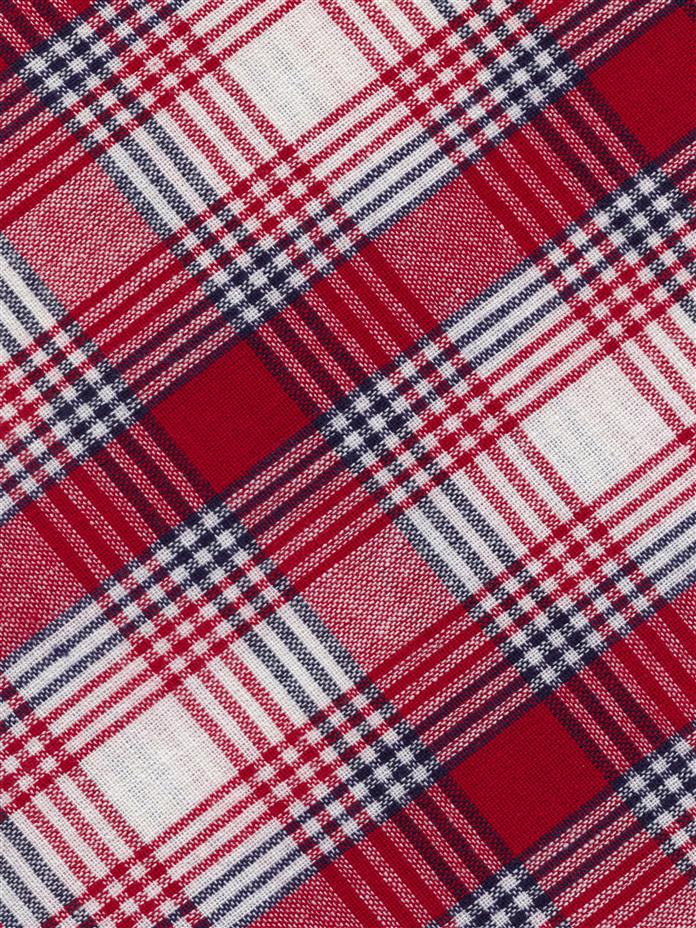
The July 2003 issue of the 'Pharmacological Biochemical Behavior' claims that sage has the power to improve memory. Sage is an all-in-one herb. It is also an antifungal antiseptic. This estrogenic agent works miracles in women. It is also a hypoglycemic astringent and is a good antispasmodic agent.
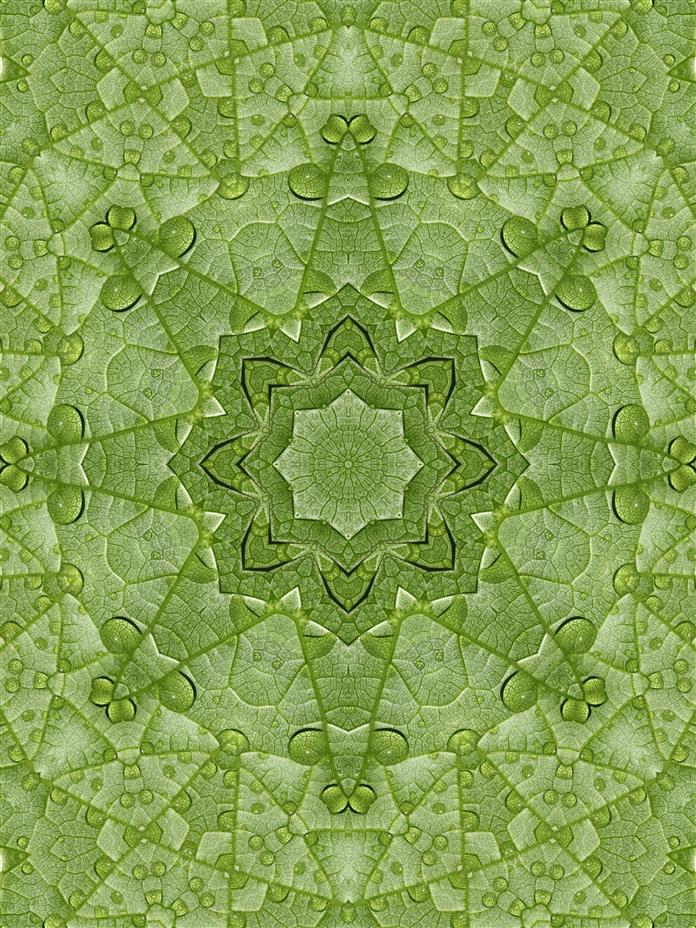
Miscellaneous Uses
Sage has an interesting use as a mouth freshener and a tooth cleanser. Sage finds herbal uses in many forms, i.e. freshly picked leaves, dried leaves as well as leaves picked before and after flowering find different uses. When in flower, their leaves are used specifically for oil distillation.
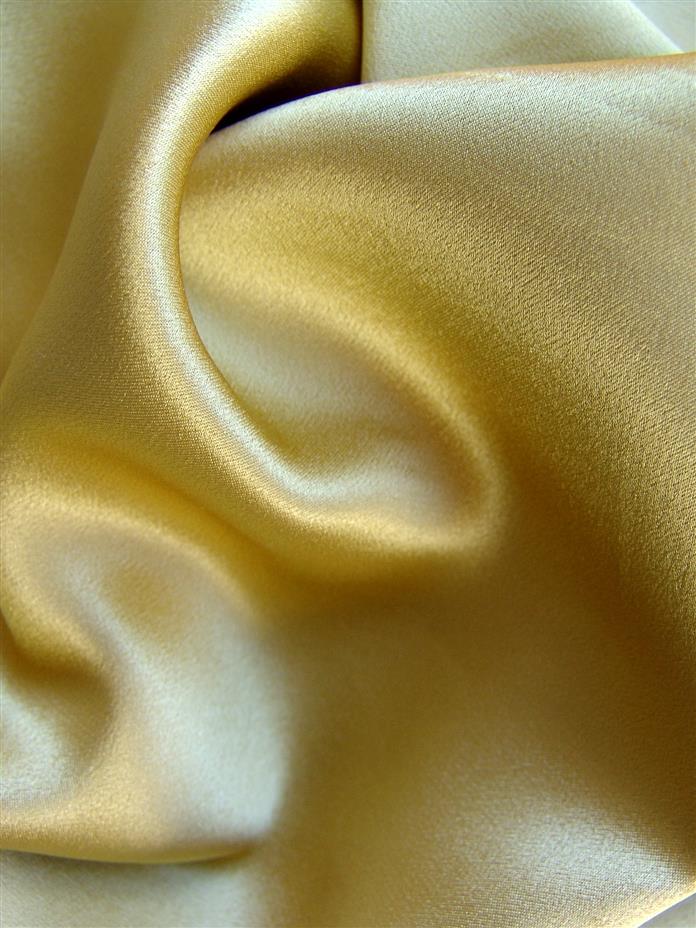
Sage is used in many homemade cosmetics and personal care products. Sage essential oil is a good calming oil, but contains thujone (an addictive hallucinogenic), which may affect human health adversely when used in excess. Sage also finds its uses in the perfume industry for being an aroma compound.

Sage is thus a natural miracle. I learned so much about it when researching this article, that I apologize for not being able to compress all the sage herb benefits here. But one thing is for sure, I am going to start sage tea from today. Who knows, I can be one of the L'Oréal Paris models who seem to stay young forever. Ladies! So when are you all starting?

Note: Please avoid consuming sage in high doses and for a prolonged period, as it may prove to be harmful for health. Pregnant women should use the herb only after consulting a medical professional.